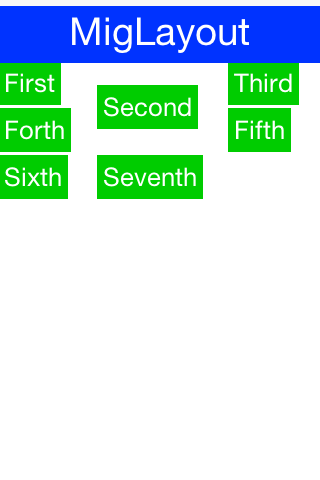com.codename1.ui.layouts.package.html Maven / Gradle / Ivy
Layout managers allow a {@link com.codename1.ui.Container} to
arrange its components by a set of rules that adapt to specific
densities (ppi - pixels per inch). A layout manager is an arranging algorithm encapsulated
by an abstract class implementation that places components absolutely based
on the "hints" received.
Layout Managers that ship with Codename One
{@link com.codename1.ui.layouts.FlowLayout} is default layout manager, simple, flexible and with a few caveats.
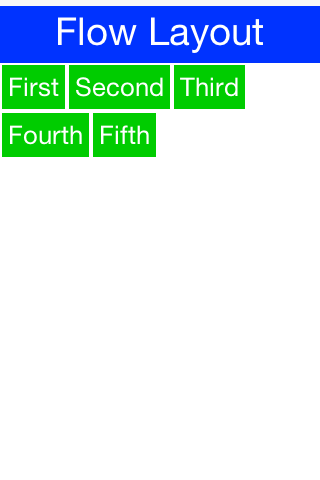
{@link com.codename1.ui.layouts.BorderLayout} is ubiquitous thru Codename One code.
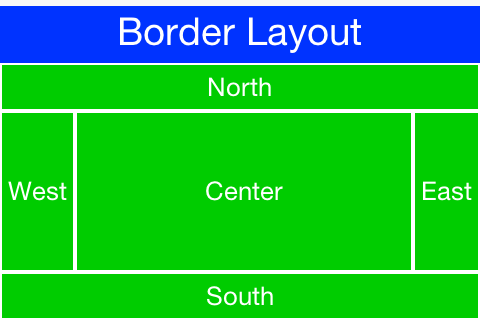
{@link com.codename1.ui.layouts.BorderLayout} can also behave differently based on the center behavior flag
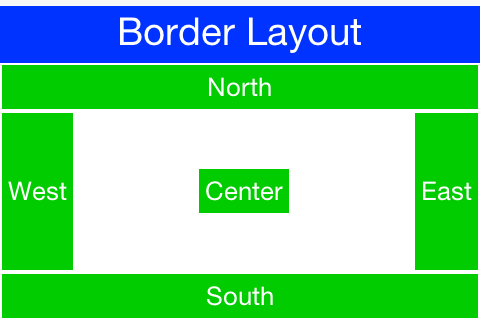
{@link com.codename1.ui.layouts.BoxLayout} Y axis is a the work-horse of component lists
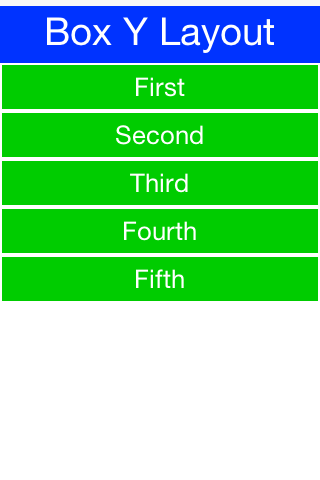
{@link com.codename1.ui.layouts.BoxLayout} X axis is a simpler replacement to flow layout and has grow/no grow variants.
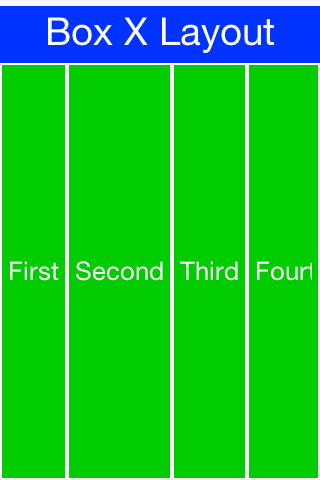
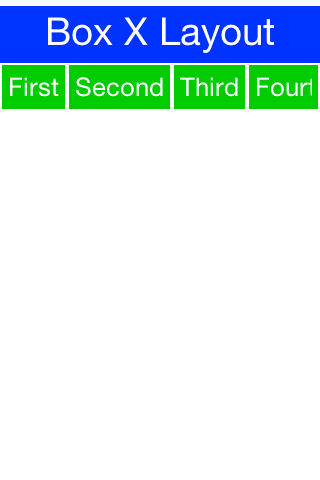
{@link com.codename1.ui.layouts.GridLayout} arranges elements in a grid where all elements have an equal size. It can auto adapt
the column count.
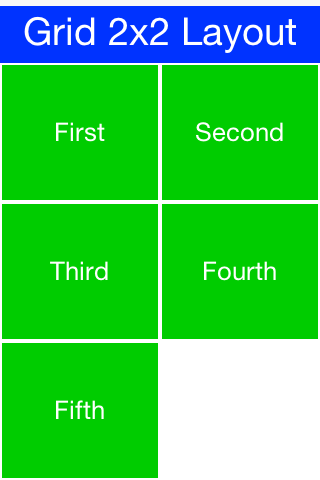
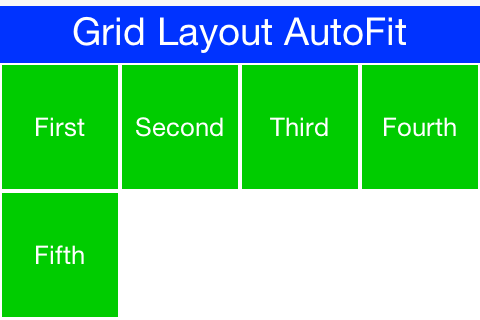
{@link com.codename1.ui.table.TableLayout} is similar in many regards to HTML tables. Notice that its
in the com.codename1.ui.table package and not in this package.
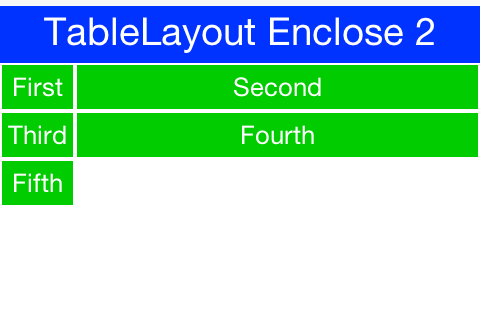
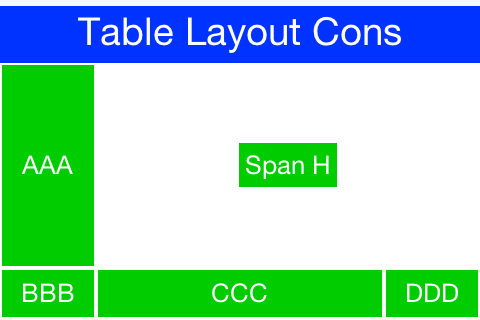
{@link com.codename1.ui.layouts.LayeredLayout} is unique in the sense that it is meant to costruct layers
and not the UI positions. It only lays out on the Z axis.
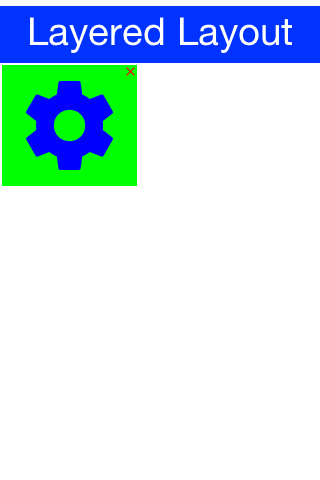
{@link com.codename1.ui.layouts.GridBagLayout} was added to Codename One to ease the porting of Swing/AWT
applications.
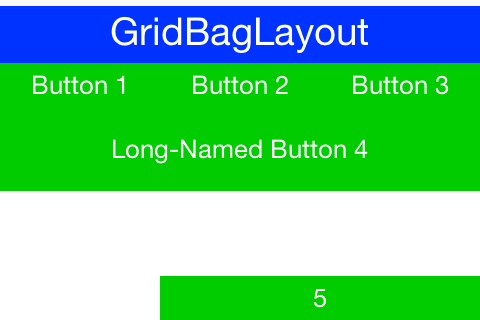
{@link com.codename1.ui.layouts.mig.MigLayout} is a popular 3rd party layout manager its Codename One
port is experimental.
